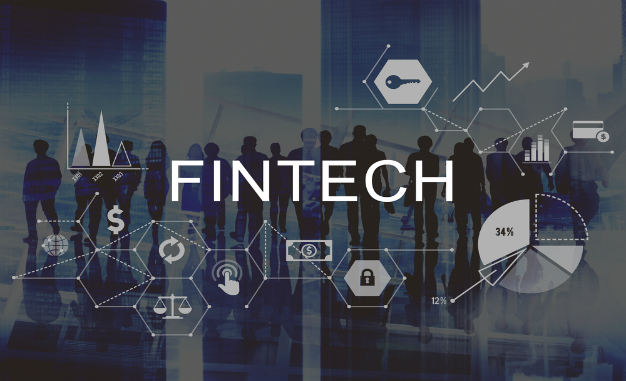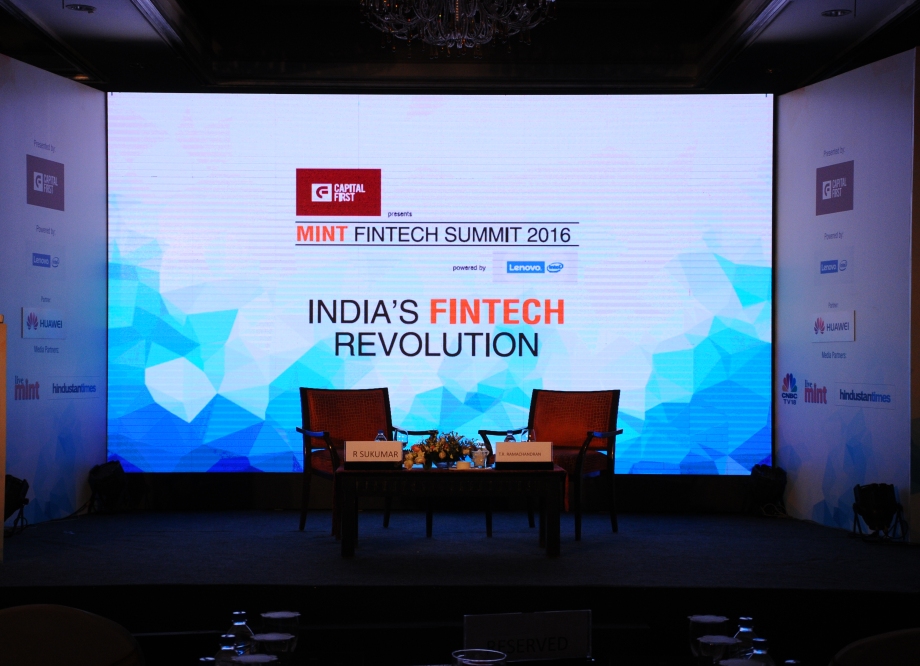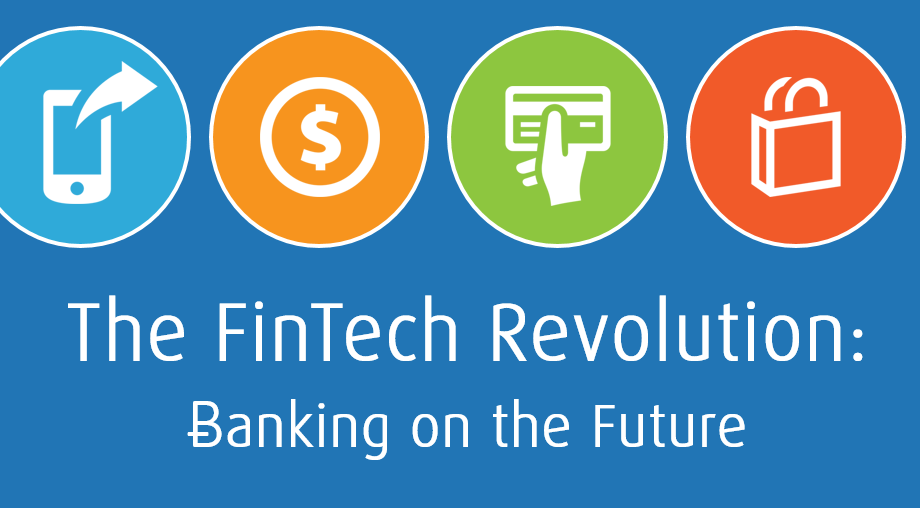2015 was arguably the year of Financial Technology and 2016 has certainly started off with a bang with more than 5,000 FinTech startups in the world; undoubtedly making FinTech a hot topic. While 2015 was probably the best year for venture investment, 2016 will be a crucial year for the future of FinTech, which will create new solutions that might change the financial services industry forever. In a sign of just how significant FinTech has become, global funding of FinTech companies tripled to an estimated value of more than $ 30 billion. According to CBI insights it is forecasted to reach $ 45 billion by the year 2020. FinTech companies are no longer mere startups; some like Lending Club have popularized FinTech as an attractive industry. Others giants such as Paytm, MobiKwik and BankBazaar have become household names.
In fields such as online lending, money transfer, and credit ratings, FinTech companies are breaking the control of financial services’ largest players in novel ways. Financial Technology startups have become attractive, for numerous reasons. Some FinTech companies are developing next-generation robo-advisors that better define savings solutions on the basis of goals and risk appetite whereas another innovator has engineered a new technique for capturing and sifting data to spot fraud and monitor trading activity. As we head deeper into 2016, here are a few emerging FinTech Trends to keep on your radar:
- Collaboration in Technology
2016 will be the year of mass market adoption and consolidation. Surveying 10,131 digitally active consumers in Australia, Canada, Hong Kong, Singapore, the UK as well as the US, a study confirmed that 15.5% have used at least two FinTech services. The result also suggested that the FinTech adopters include young and higher-income customers. Respondents between the ages of 25 and 34 years old used at least two FinTech products (25.2%), followed by those aged 35 to 44 (21.3%), and those aged 18 to 24 (17.7%). Early FinTech adoption is being led by a high-income populace, but is set to develop across all demographic groups.
- Artificial Intelligence and Wearable Technology
2015 has been a year of many exciting technology innovations, and there isn’t any slowdown in the year 2016 with underlying technology setting off. With the ever-shrinking attention span of the millennial, 2016 could be the year where commercial applications through machine learning start to surface in the financial services industry. The year is expected to see a greater attempt by FinTech companies to augment their services with the help of wearable tech. 82% of financial professionals believe that smart watches will facilitate financial transactions in the future while 72 percent of these professionals have wearable applications on their three-year road map. With the demand for greater computerized monitoring, it’s clear that machine learning is here to stay. People will gradually embrace wealth management solutions like robo-advisers and simultaneously companies will influence technology to make the processes even easier and handier.
The biggest issues for the year 2016 are transparency and security. Security within financial services is one of the most talked about trends and holds the power to affect us adversely. Several innovative technologies are being introduced that enhance protection with new integrated machine learning techniques. With mobile banking and payment technologies growing at record-breaking speeds, security management is growing at corresponding paces to keep up with such innovative products. Today’s mobile-first customers expect immediacy, convenience as well as security to be integral to financial services. Security and privacy are vital to galvanize support for emerging forms of digital transactions, and are critical components in creating an atmosphere of trust for new payment paradigms.
2015 was the year when banks started to discover blockchain and the upcoming years are predicted to see its institutional adoption by the banks. Blockchain technology has the potential to change the way our world works. While it is impossible to predict how the tech will evolve in future, the potential of the blockchain lies in tasks like remittances and currency alteration, cloud bank processing, as well as insurance. Blockchain technology will be able to provide public accountability and help expand trust and secure easy adoption in the financial services’ sector.
- Change in Traditional Banking
The trend of collaboration between young FinTech companies and traditional finance services are expected to be the key theme of the future. Rather than competing, banks are now looking to plug up gaps by working along with FinTech firms. As recent collaboration announcements indicate, the banking incumbents are finding smart ways to align with financial technology partners in order to meet the needs of millennial through referral as well as licensing partnerships. Banks want to better serve their customers, and reach new customers simultaneously because online lenders benefit from banks bringing customers and capital to their platforms.
With innumerable opportunities comes along few challenges. To overcome such issues efficiently, regulatory bodies are coming up with several rules and regulations for the FinTech Companies.
Watch out for the experts discussing ‘Regulations that make it conducive for fin-tech’ at Mint FinTech presented by Capital First on 30th June, 2016 in Bangalore. Catch us Live at www.livemint.com





